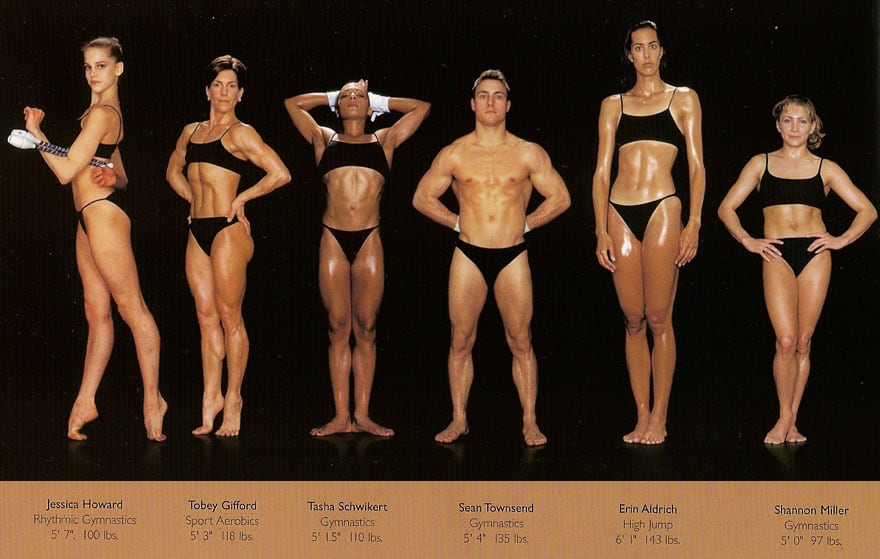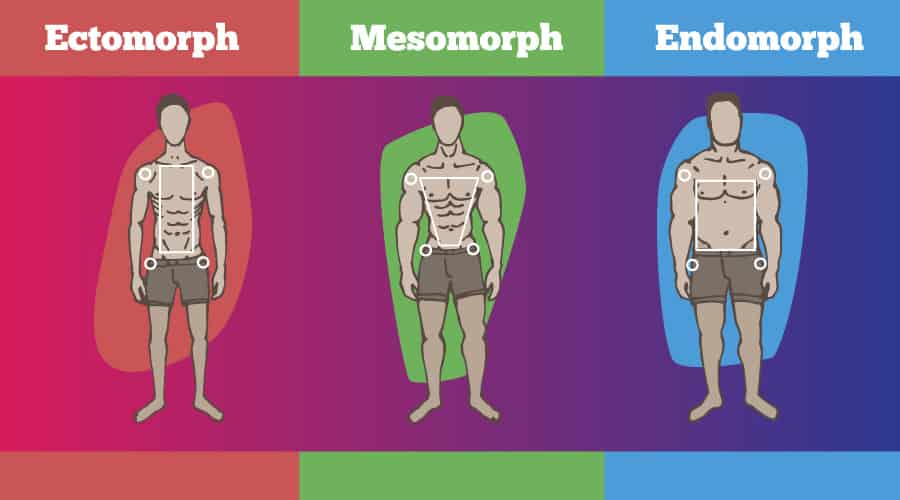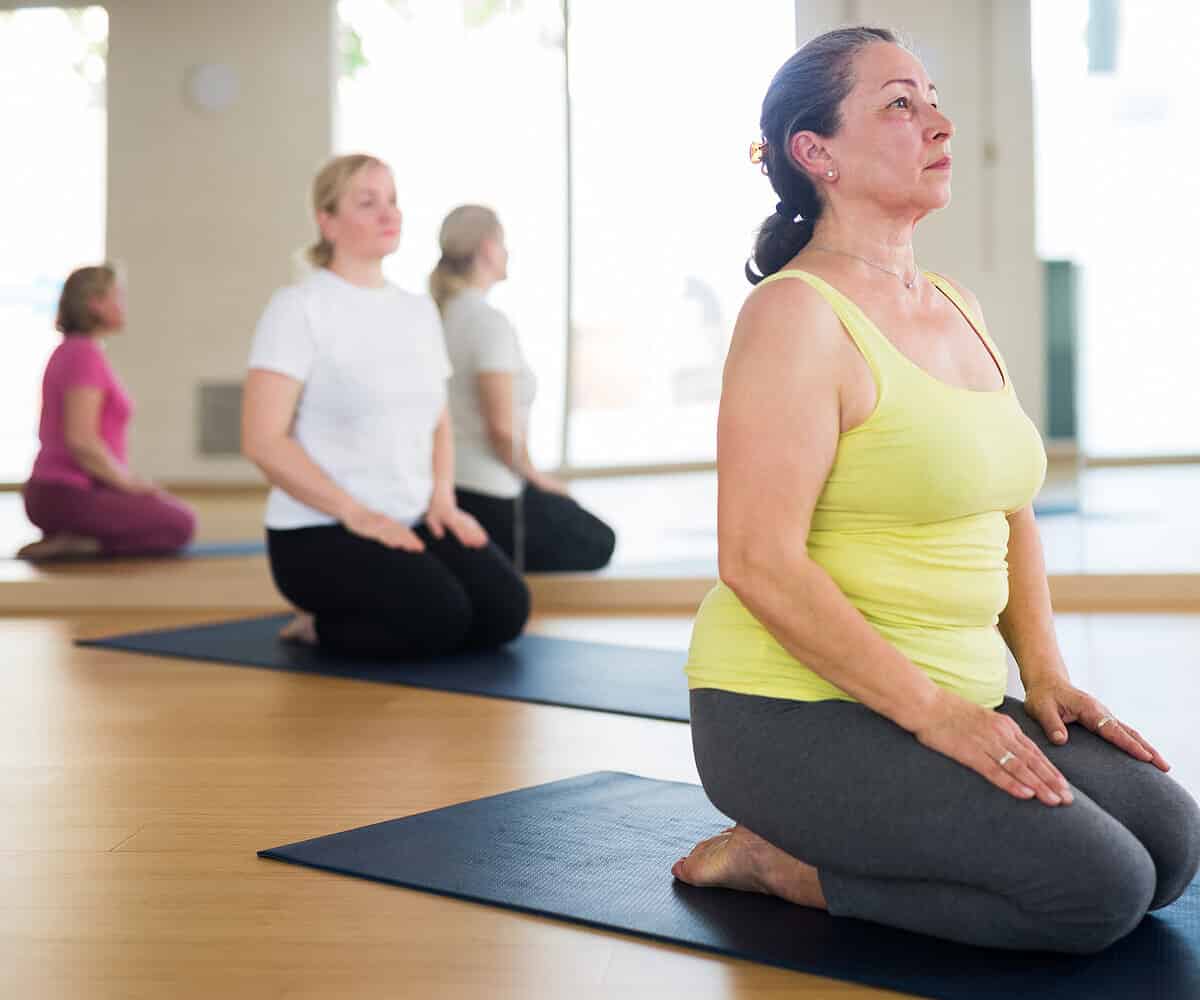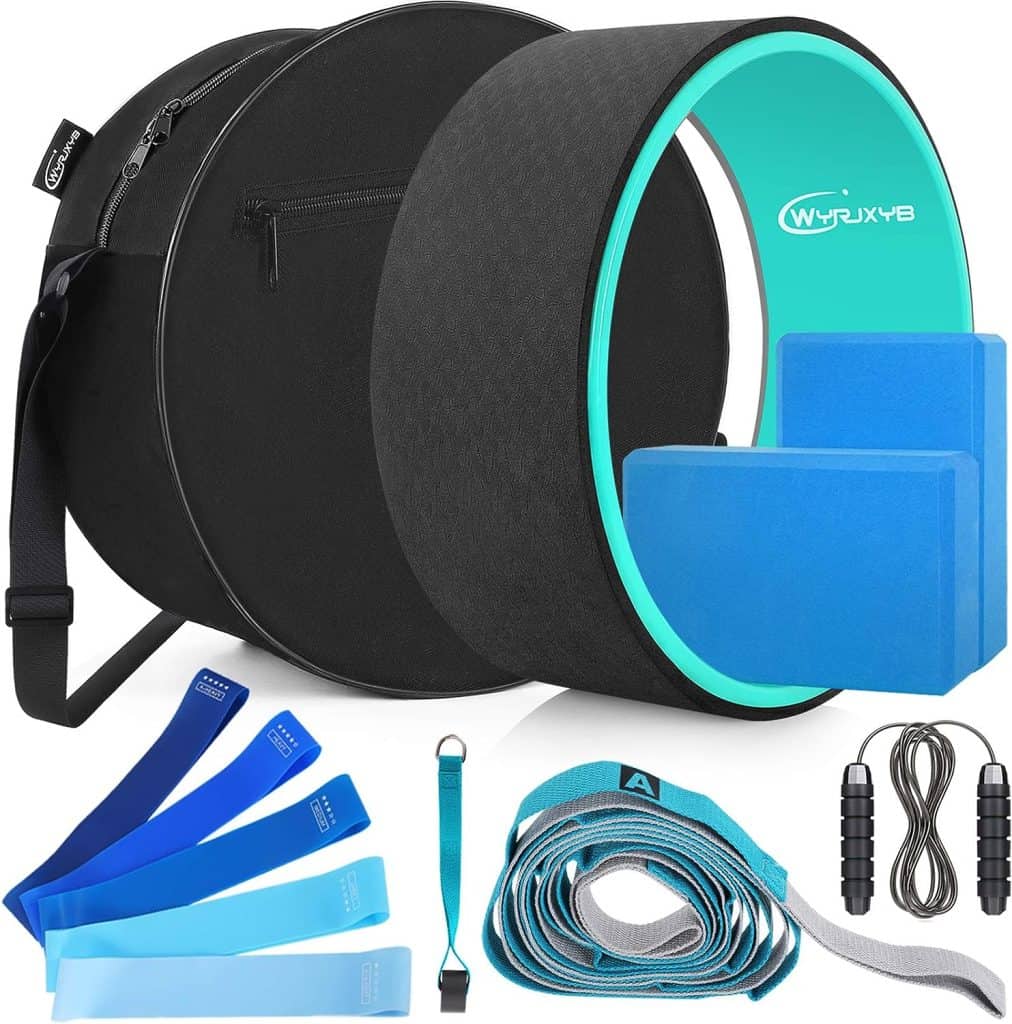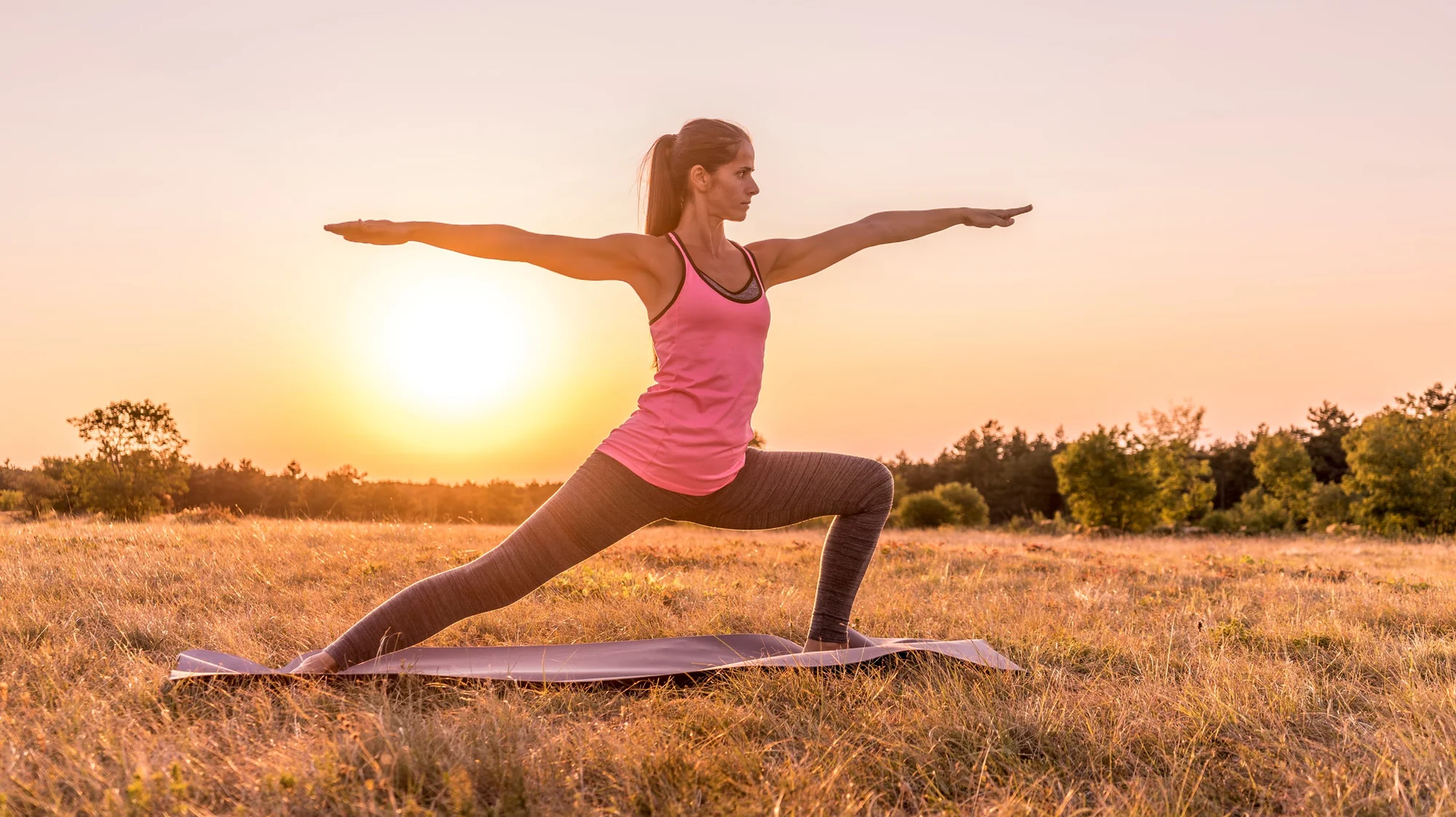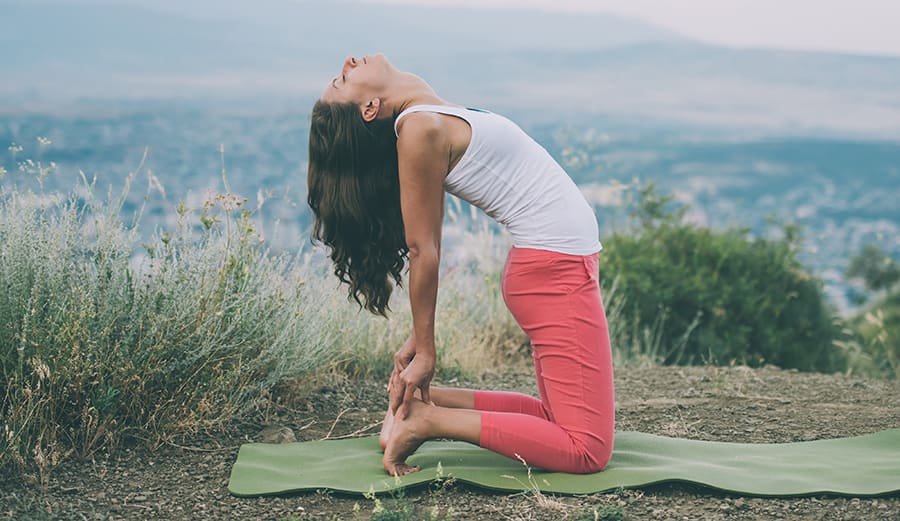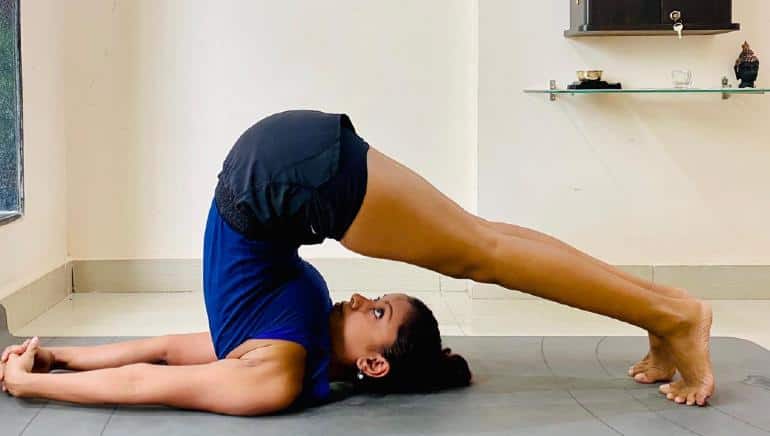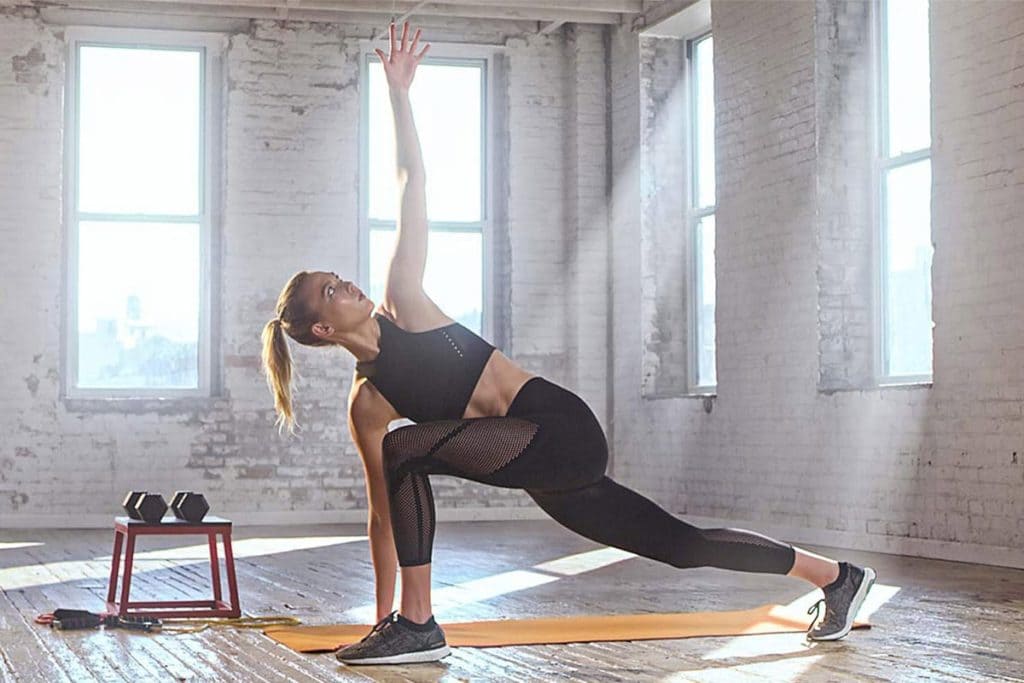In this article, we will explore yoga for different body types, the benefits of yoga for each type, specific yoga poses for each body type, modifications and variations, and how to create a personalized yoga practice.
Yoga is a versatile practice that can be enjoyed by individuals of all body types. Whether you are an ectomorph, mesomorph, or endomorph, yoga offers numerous benefits tailored to your specific needs.
Understanding different body types
Before diving into the benefits of yoga for different body types, it’s important to understand the characteristics of each body type.
Ectomorph
Ectomorphs are typically lean and have a fast metabolism. They often struggle to gain muscle mass and may have difficulty maintaining body weight. Ectomorphs tend to have a smaller frame with long limbs and a low body fat percentage.
Mesomorph
Mesomorphs are characterized by a well-proportioned and athletic physique. They have a medium-sized frame with a moderate amount of body fat. Mesomorphs tend to build muscle easily and have a higher metabolism compared to other body types.
Endomorph
Endomorphs have a larger body frame with a higher percentage of body fat. They often struggle with weight gain and have a slower metabolism. Endomorphs may find it challenging to lose weight and tend to have a rounder shape.
Benefits of yoga for different body types
Yoga offers a wide range of benefits for individuals of all body types. Let’s explore how yoga can specifically benefit each body type:
Ectomorph: Building strength and muscle tone
For ectomorphs, yoga can help build strength and muscle tone. By practicing yoga regularly, ectomorphs can develop a stronger and more defined physique. Yoga poses that focus on strength, such as Warrior II, Tree Pose, and Boat Pose, can be particularly beneficial for ectomorphs.
Mesomorph: Enhancing flexibility and balance
Mesomorphs often have a natural athletic ability, but yoga can further enhance their flexibility and balance. Yoga poses like Downward Dog, Plank Pose, and Camel Pose can help mesomorphs improve their range of motion and stability.
Endomorph: Promoting weight loss and improving metabolism
For endomorphs, yoga can be an effective tool for weight loss and improving metabolism. Yoga poses that focus on core strength and cardiovascular activity, such as Bridge Pose, Chair Pose, and Sun Salutations, can help endomorphs burn calories and boost their metabolism.
Yoga poses for different body types
Here are some specific yoga poses that are beneficial for each body type:
Ectomorph: Warrior II, Tree Pose, Boat Pose
– Warrior II: Strengthens the legs, core, and arms while improving balance.
– Tree Pose: Enhances balance and stability while strengthening the legs and core.
– Boat Pose: Engages the core muscles and improves overall body strength.
Mesomorph: Downward Dog, Plank Pose, Camel Pose
– Downward Dog: Stretches the entire body, strengthens the arms and legs, and improves flexibility.
– Plank Pose: Builds core strength, tones the arms and legs, and improves posture.
– Camel Pose: Stretches the front of the body, opens the chest, and improves spinal flexibility.
Endomorph: Bridge Pose, Chair Pose, Sun Salutations
– Bridge Pose: Strengthens the glutes, hamstrings, and lower back while improving spinal flexibility.
– Chair Pose: Engages the leg muscles, strengthens the core, and improves balance.
– Sun Salutations: A dynamic sequence that promotes weight loss, improves cardiovascular health, and increases overall strength and flexibility.
Here’s a table outlining yoga poses that may be appropriate for different body types:
| Body Type | Characteristics | Appropriate Yoga Poses |
|---|---|---|
| Ectomorph | Lean, long limbs, difficulty gaining muscle and fat | Hatha Yoga Poses: Mountain Pose, Plank Pose, Warrior Poses, Upward-Facing Dog, Downward-Facing Dog, Camel Pose, Bridge Pose |
| Mesomorph | Muscular and athletic, easily gain muscle and lose fat | Power Yoga Poses: Plank Pose, Chaturanga Dandasana, Warrior Poses, Boat Pose, Side Plank, Wheel Pose |
| Endomorph | Rounder body, tendency to gain fat easily | Gentle Yoga Poses: Child’s Pose, Cat-Cow Pose, Seated Forward Bend, Butterfly Pose, Supine Twist, Supported Bridge Pose |
| Athletic | Well-developed muscles, strong and compact body | Vinyasa Yoga Poses: Sun Salutations, Crow Pose, Handstand, Wheel Pose, Warrior Poses, Boat Pose, Plank Pose |
| Flexible | High range of motion, often hypermobile | Ashtanga Yoga Poses: Upward Bow Pose, Monkey Pose, Camel Pose, Standing Split, King Pigeon Pose, Wheel Pose |
| Stiff/Tight | Limited flexibility and mobility | Yin Yoga Poses: Child’s Pose, Sphinx Pose, Butterfly Pose, Happy Baby Pose, Reclining Hand-to-Big-Toe Pose, Cat-Cow Pose |
Notes:
- Ectomorphs: Focus on poses that help build strength and muscle tone, and maintain postures to improve stamina.
- Mesomorphs: Incorporate strength-building poses to enhance muscle definition and balance with flexibility poses.
- Endomorphs: Focus on gentle stretches and poses that aid in improving flexibility and metabolism.
- Athletic: Incorporate a mix of strength-building poses, inversions, and balance poses to complement athletic abilities.
- Flexible: Focus on poses that challenge and stabilize joints while enhancing muscle strength to prevent overextension.
- Stiff/Tight: Emphasize gentle, restorative poses to improve flexibility and release tension, gradually working on range of motion.
It’s important to remember that these are general guidelines, and individuals may have a mix of body types.
Modifications and variations for different body types
It’s important to remember that yoga is a practice that can be modified and adapted to suit individual needs. Here are some modifications and variations for each body type:
Ectomorph: Using props for support and stability
Ectomorphs can benefit from using props such as blocks, straps, and bolsters to provide support and stability during yoga poses. These props can help maintain proper alignment and prevent strain or injury.
Mesomorph: Deepening stretches and poses
Mesomorphs, with their natural athletic ability, can focus on deepening stretches and poses to further enhance flexibility. They can explore more advanced variations of yoga poses to challenge themselves and improve their range of motion.
Endomorph: Focusing on core strength and balance
Endomorphs can benefit from incorporating exercises that focus on core strength and balance into their yoga practice. This can help improve posture, stability, and overall body strength.
Creating a personalized yoga practice
To create a personalized yoga practice that caters to your specific body type, follow these steps:
Identifying goals and areas of focus
Take some time to identify your goals and areas of focus. Whether it’s building strength, improving flexibility, or promoting weight loss, understanding your objectives will help you tailor your yoga practice accordingly.
Consulting with a yoga instructor or therapist
Consider consulting with a qualified yoga instructor or therapist who can guide you in creating a personalized yoga practice. They can provide expert advice, modifications, and variations based on your body type and individual needs.
Adapting and modifying poses as needed
Listen to your body and adapt or modify yoga poses as needed. It’s important to honor your body’s limitations and work within your comfort zone. Gradually progress and challenge yourself, but always prioritize safety and proper alignment.
FAQs on Yoga for Different Body Types
Q1: What are the best yoga poses for different body types?
Answer: The best yoga poses for different body types are those that can be modified and adapted to suit individual needs. For larger body types, poses like Warrior II, Tree Pose, and Child’s Pose offer stability and support. For leaner body types, poses such as Camel Pose, Boat Pose, and Wheel Pose can help build strength and enhance flexibility.
Q2: Can yoga be customized for plus-size individuals?
Answer: Yes, yoga can and should be customized for plus-size individuals. Yoga is inclusive and can be adapted to accommodate various body shapes and sizes. Plus-size practitioners can use props like blocks and bolsters for added support, and opt for gentle or restorative yoga classes to start their practice. Gradually, they can explore more advanced poses as their confidence and comfort levels increase.
Q3: How can yoga benefit different body shapes?
Answer: Yoga offers numerous benefits for different body shapes. For those with a curvier body, yoga can enhance flexibility, improve posture, and promote body acceptance and self-confidence. For individuals with a more athletic build, yoga can help prevent injuries, increase muscle flexibility, and provide mental relaxation. Overall, yoga promotes a sense of well-being and balance, regardless of body shape.
Q4: Which yoga style is best for beginners with different body types?
Answer: Hatha yoga is an excellent style for beginners with different body types. It focuses on foundational poses, breathing techniques, and mindfulness, making it accessible to a wide range of practitioners. Hatha yoga allows beginners to familiarize themselves with yoga’s basic principles, learn proper alignment, and gradually build strength and flexibility.
Q5: Can yoga help with body positivity and self-acceptance?
Answer: Yes, yoga can have a positive impact on body positivity and self-acceptance. The practice of yoga emphasizes self-awareness, self-compassion, and non-judgmental observation. Through yoga, individuals can develop a more loving and accepting relationship with their bodies, fostering body positivity and a deeper connection with themselves.
Q6: What are the best yoga modifications for different body types?
Answer: Yoga modifications can be personalized for different body types. Some common modifications include using blocks for added height and support, using a strap to extend reach, and using a chair for seated poses. For larger body types, widening the stance in standing poses and using props like cushions during seated poses can be beneficial. The key is to find variations that feel comfortable and allow for safe practice.
Q7: Are there specific yoga classes for different body types?
Answer: While some yoga studios may offer specialized classes tailored to specific body types, most traditional yoga classes are inclusive and can be adapted to suit different practitioners. It’s essential for instructors to create a supportive and non-judgmental environment where students of all body types feel comfortable exploring their practice.
Q8: Can yoga help with flexibility for stiff body types?
Answer: Yes, yoga can significantly improve flexibility for stiff body types. Consistent practice, coupled with gentle stretching and mindful movement, can gradually loosen tight muscles and increase overall flexibility. It’s essential to approach the practice with patience and avoid forcing the body into deep stretches to prevent injuries.
Q9: What are some beginner-friendly yoga poses for all body types?
Answer: Beginner-friendly yoga poses suitable for all body types include Mountain Pose, Cat-Cow, Downward Dog, Child’s Pose, and Cobra Pose. These poses focus on gentle stretches and foundational movements, making them accessible to beginners and adaptable to different body shapes and sizes.
Q10: How can yoga support overall well-being for different body types?
Answer: Yoga supports overall well-being for different body types by promoting physical strength, flexibility, and balance. Additionally, yoga’s emphasis on breathwork and mindfulness can reduce stress, improve mental clarity, and enhance emotional well-being. By nurturing a positive relationship with one’s body, yoga contributes to a more holistic sense of health and wellness.
Conclusion on Yoga for Different Body Types
Yoga is a versatile practice that can be enjoyed by individuals of all body types. Whether you are an ectomorph, mesomorph, or endomorph, yoga offers numerous benefits tailored to your specific needs.
By understanding your body type, practicing specific yoga poses, and making modifications as necessary, you can create a personalized yoga practice that supports your overall well-being.
So, embrace the power of yoga and embark on a journey of self-discovery, strength, and balance.
Originally posted 2023-07-28 14:46:03.

